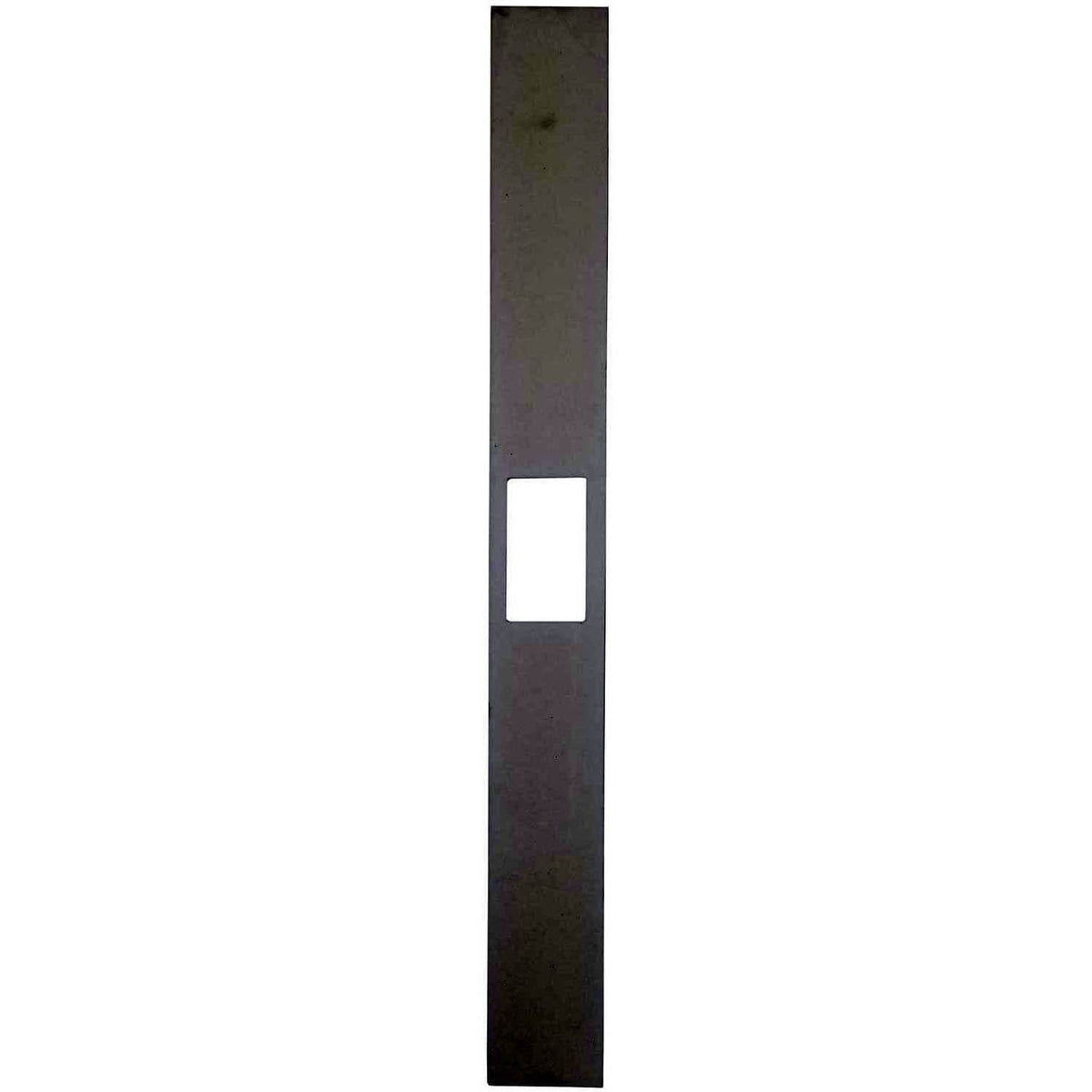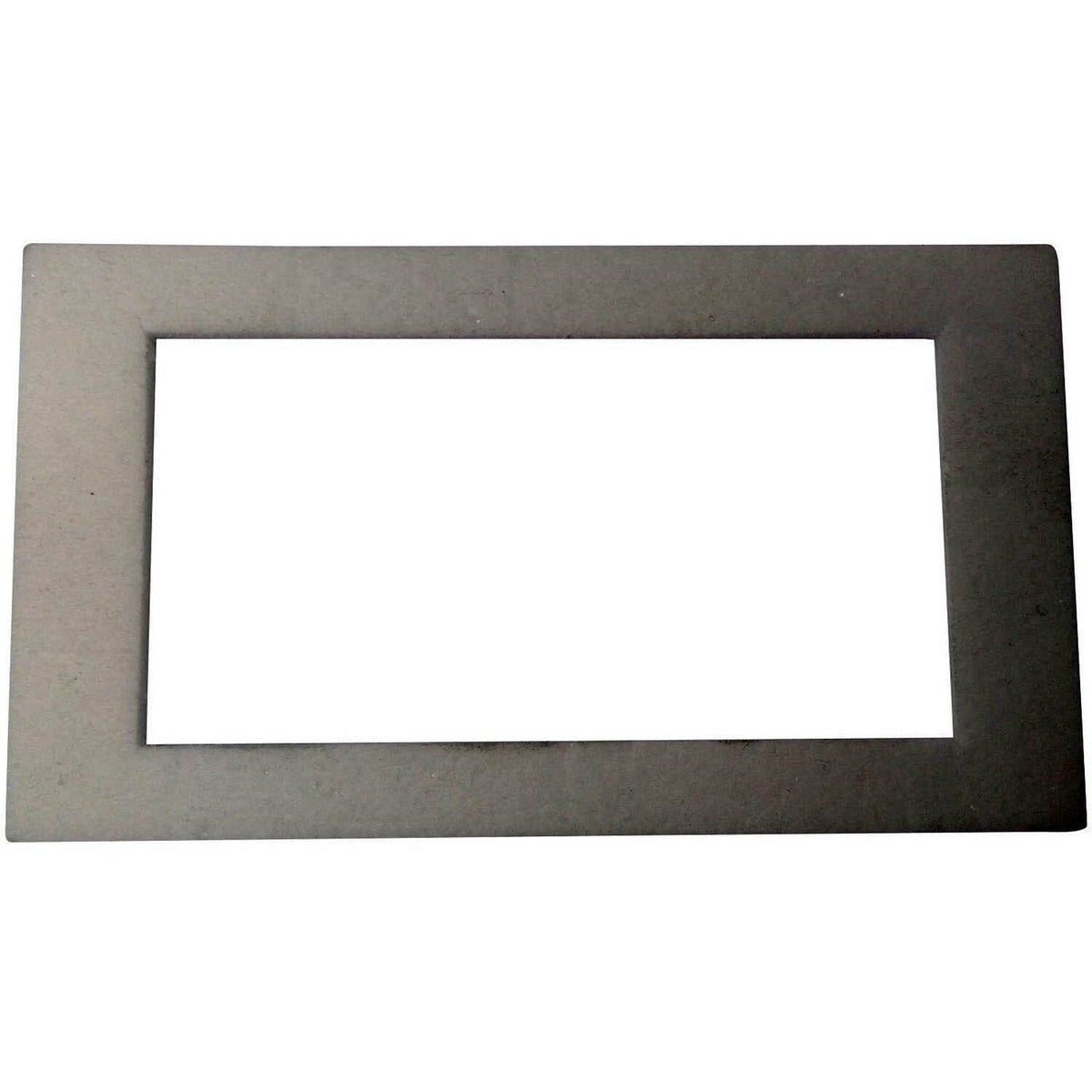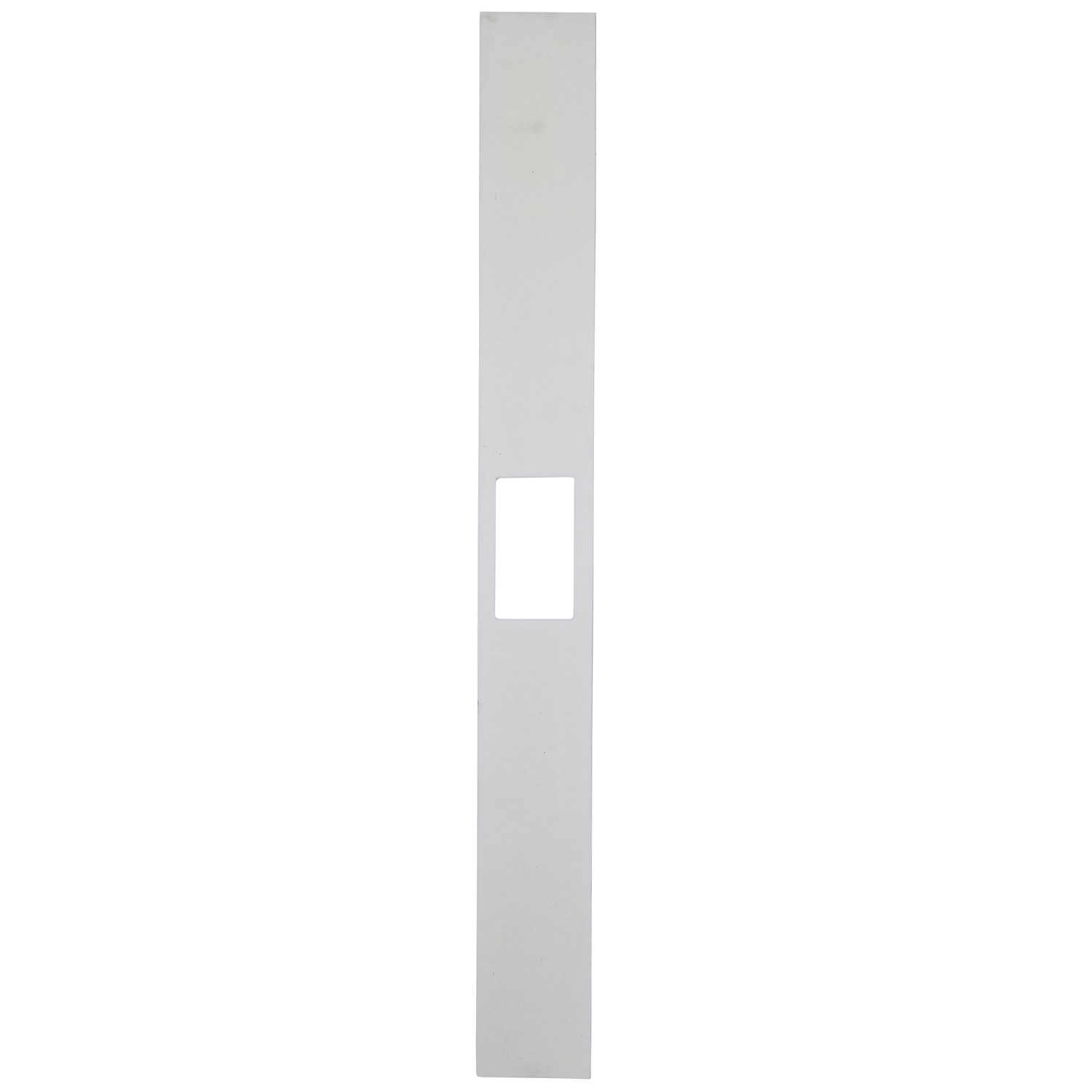Second year with my Summit. It's a 2009 I believe. This year I've noticed an unusual smoke pattern during my burns. It will take off and burn great on a full load for the first +/- 3 hours, no chimney smoke and a nice hot stove, 600 degrees.. After that the secondaries stay dancing around very nice in the box and it appears to burn normal, 500 -600 degrees.... After the initial 3 hours, the smoke comes back and the chimney starts smoking. Hot fire, secondaries dancing nicely.
Why am I getting smoke this late in the burn? Last year I never got smoke in the middle stages of the burn, especially after burning clean for 3+ hours.
Last year I burned with no baffle gasket. This year i added the gasket, but that shouldn't affect the smoking.
Why am I getting smoke this late in the burn? Last year I never got smoke in the middle stages of the burn, especially after burning clean for 3+ hours.
Last year I burned with no baffle gasket. This year i added the gasket, but that shouldn't affect the smoking.





